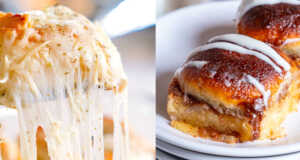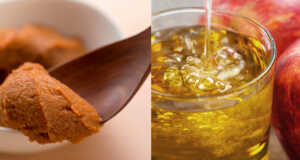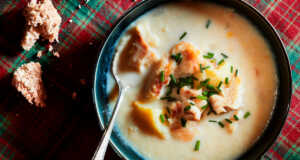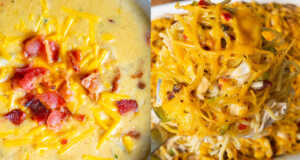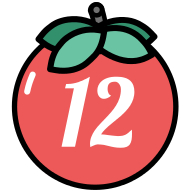We look at countless foods, and without tasting a single bite of anything, we almost know what to expect. However what if I told you that you truly eat with your eyes. For food, color doesn’t just heighten a flavor, but it also amplifies the flavors already present. So which colors enhance the flavors of your food?
Pink, Red, and Orange
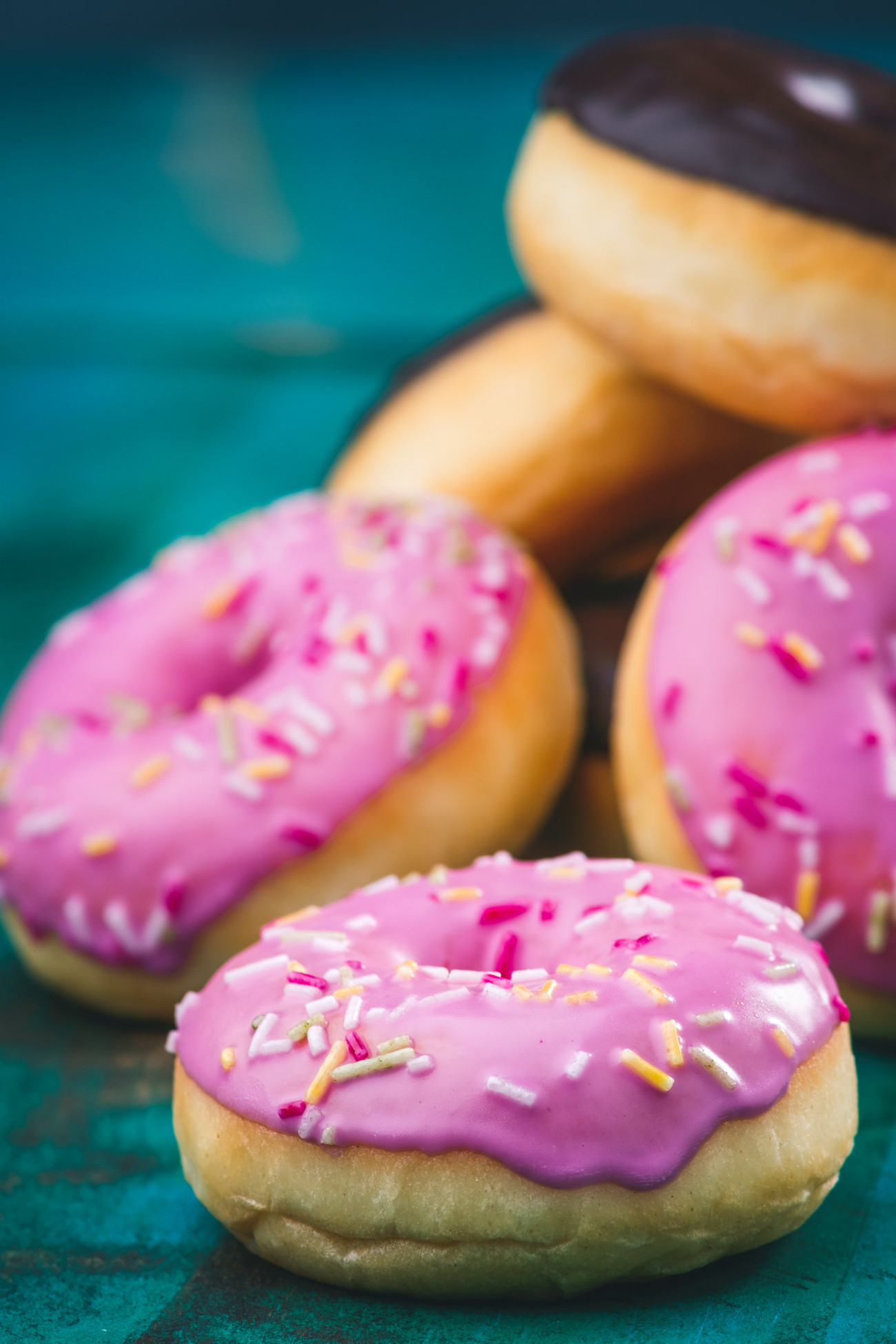
Warm colors like red, orange, and pink are universally associated with sweetness. So a dessert decorated with warm-toned icing will taste sweeter than something decorated with blue or purple.
Black, Violet, and Brown
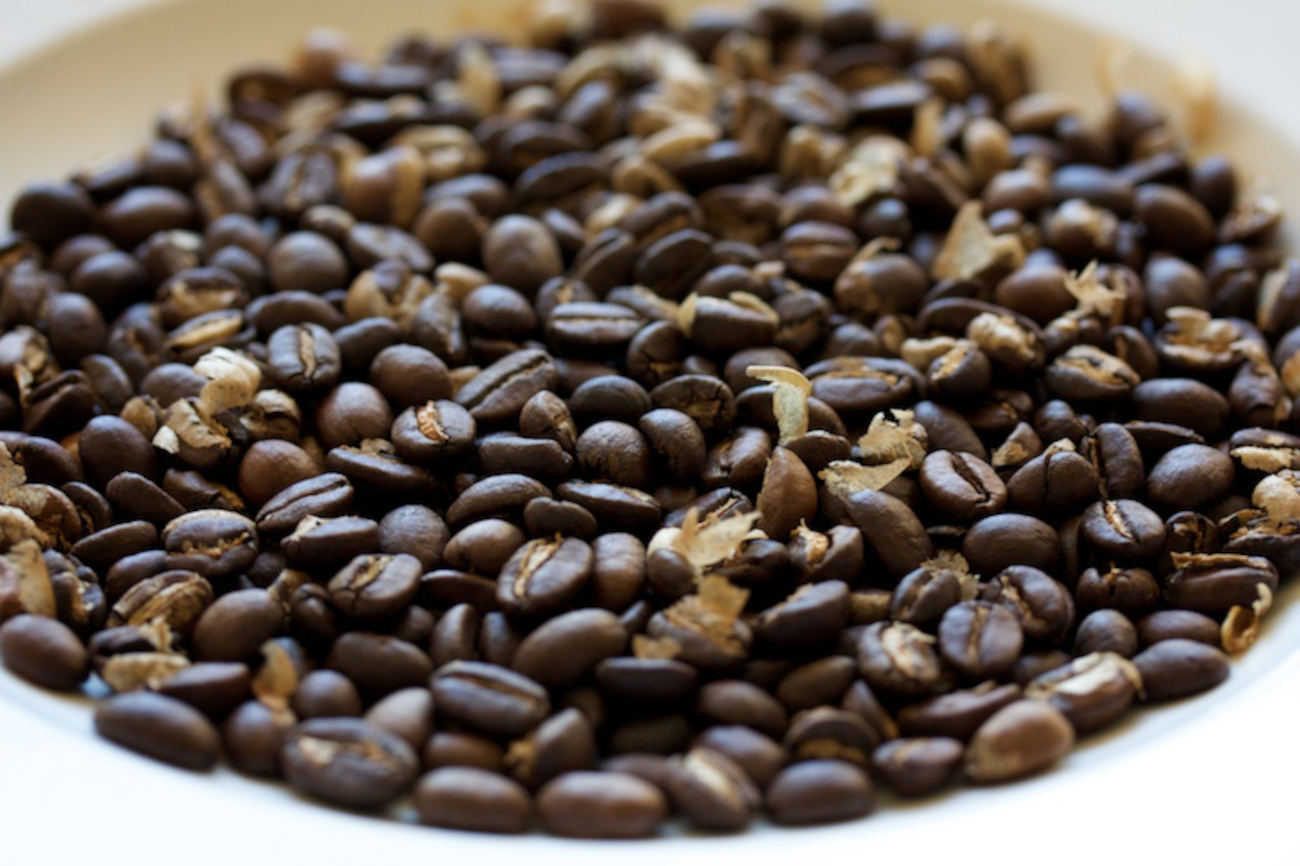
Darker tones like black, violets, and browns were almost universally connected to bitter, earthy, or umami elements.
Yellow
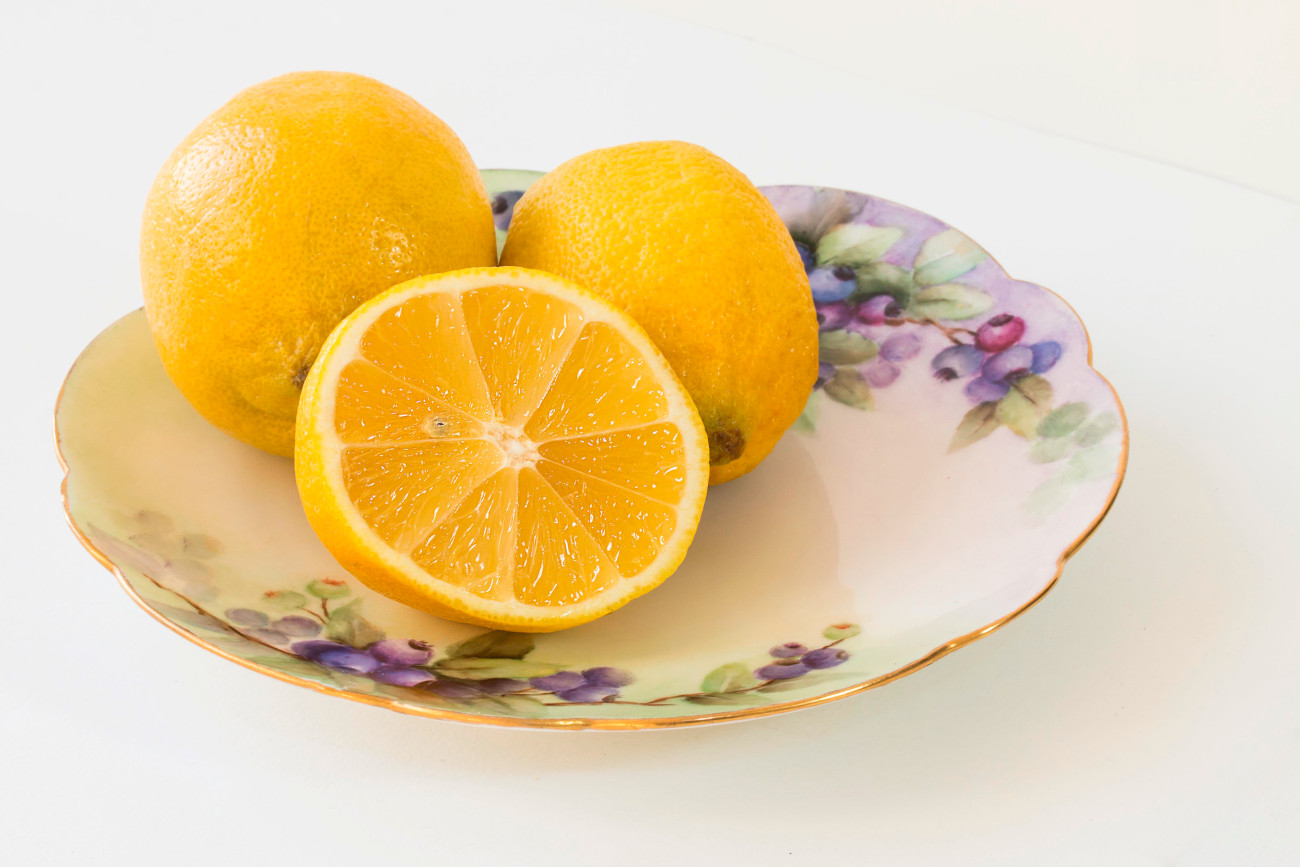
Yellow was almost always associated with tart, pungent flavors like lemon, but what may surprise you is that culture and where you live, change your perceptions. Take this study that shows that people living in different countries don’t always have the same associations. Here, yellow was connected to sour in China, the US, and Malaysia, but in India, yellow was also sweet. Though the study is a small sampling, it does present an interesting variable — different regions utilize different ingredients. As you look at Indian cuisine, you’ll see that as many desserts have a warm yellow hue to them.
Green
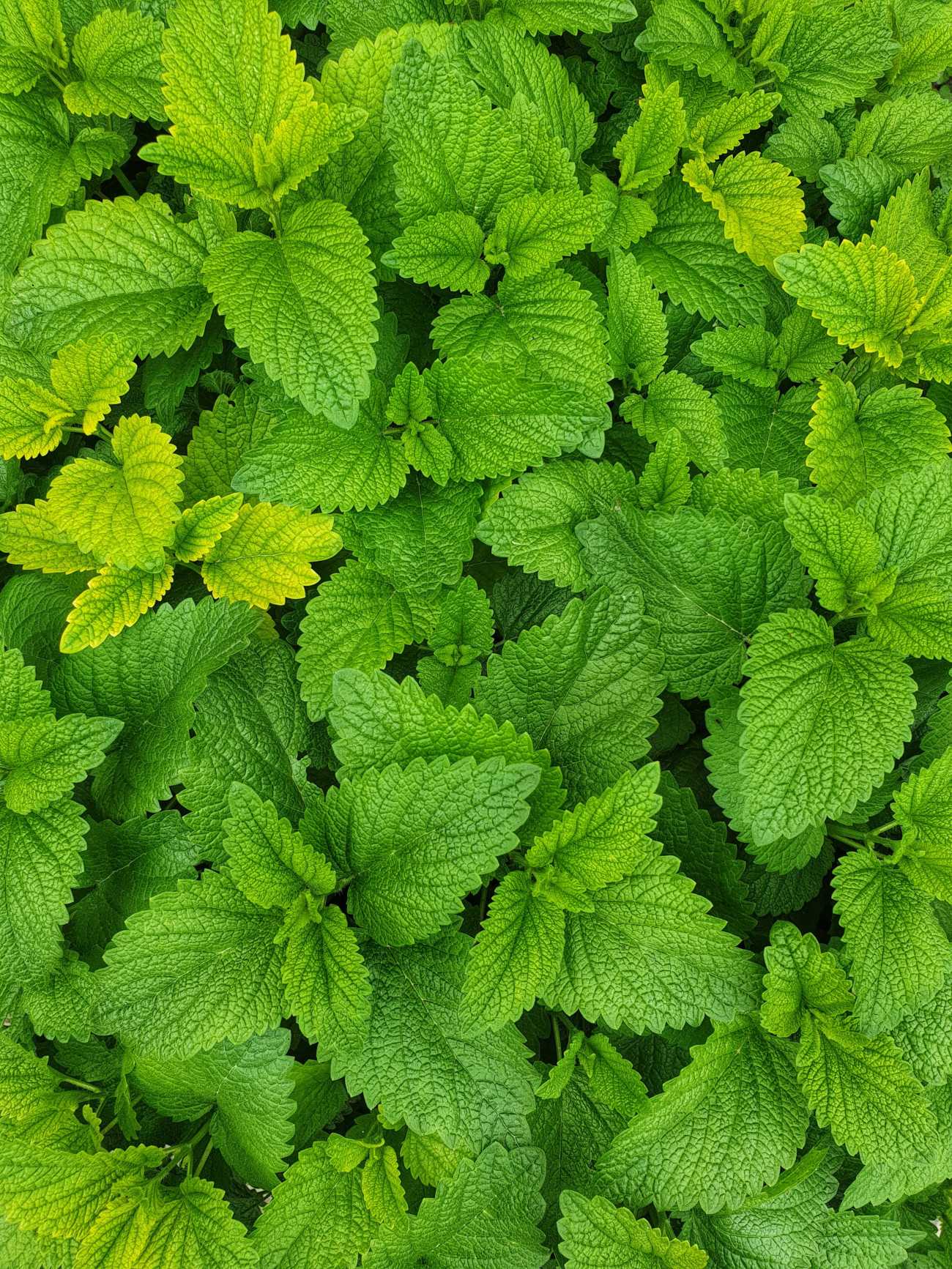
Green is generally associated with tartness or vegetal or herbal ingredients. It doesn’t even have to be colored green to drive home the taste, a lot of packaging enhances the sense of these green flavors. Items packaged in green will drive home the associations take, for example, jarred pesto, Italian bread, and lite diet products.
Blue, Light Purple, and Grey
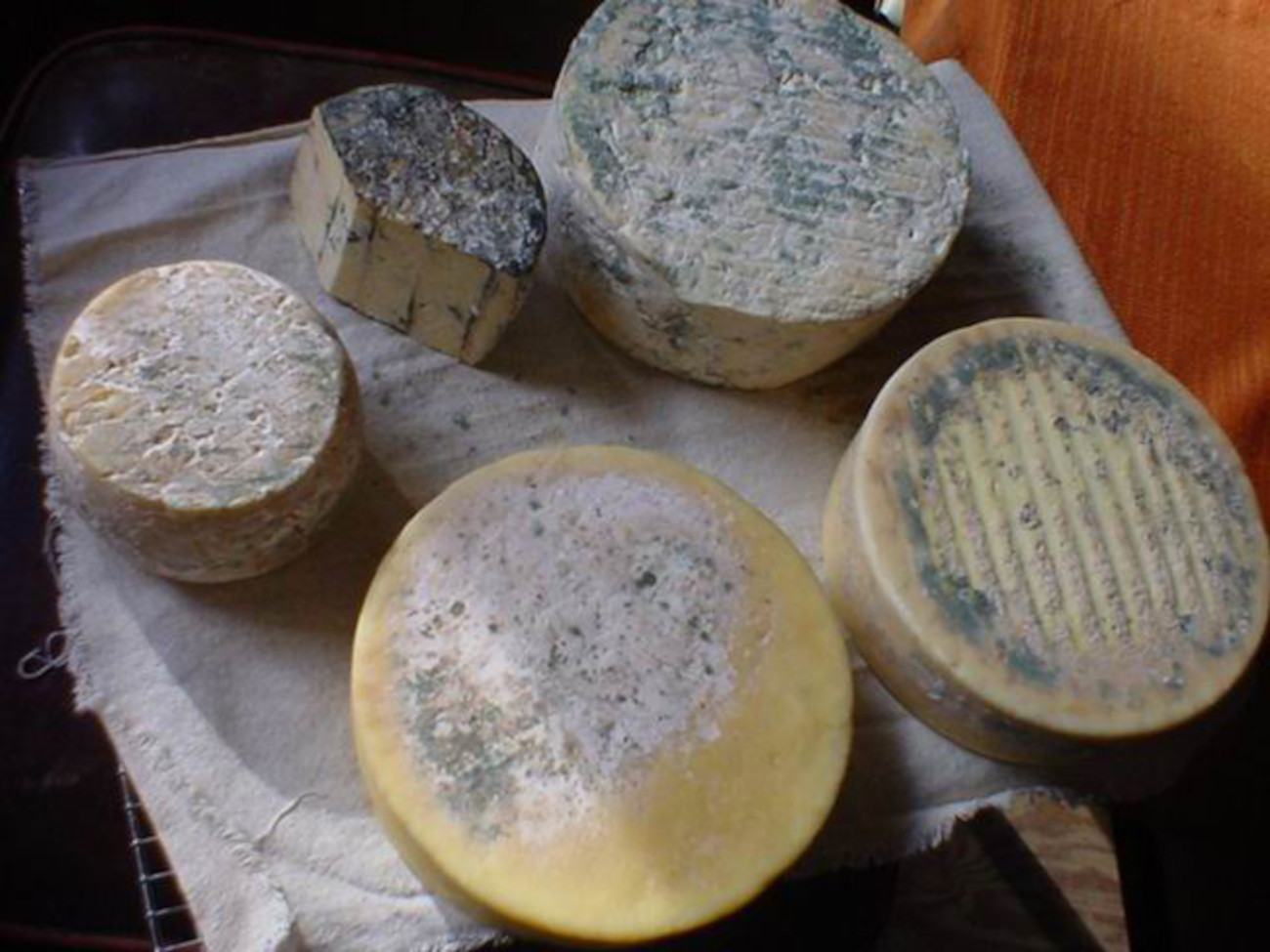
What about odd flavors? In this study of taste and color, participants were told to identify the flavor of three drinks, all three were the same orange flavor, but the drinks were colored orange, clear, and purple. With the color association, people are easily able to define the orange flavor in the orange drink. How about with clear and purple? Well, it wasn’t so easy. While the orange drink was defined as sweet and refreshing, the purple version with the same flavor was defined as tart or sharp.
The takeaway? Color does affect the expectations of people consuming the product. Bright purple, alongside blue and gray, were all the most ambiguous flavors for people to identify; this is probably because these colors don’t occur as commonly in natural foods. When these colors appear in nature, these colors are strongly associated with mold or rancid appearance markers.
Plating

Not just packaging affects food but what we eat makes a difference. Soft, round, white plates will enhance any sweetness, and angular black plates will increase the savoriness of the food. Sure we can’t use colors like red or orange to make kids eat green vegetables, but we can enhance the colors already naturally occurring in food. Foods can taste sweeter when we’re decorating things like desserts, taste fresher with greener shades, or avoid unpleasant tastes by avoiding dull or grey hues.
